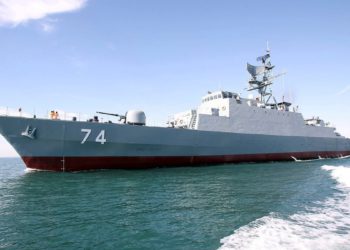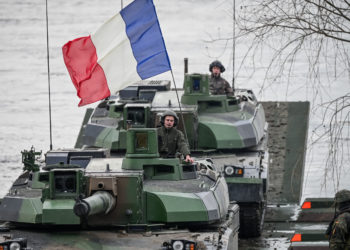A war against Iran could set the whole Middle-East on fire. With the war of words gathering momentum between the US and Iran, the potential for a real conflict between those two countries seems increasingly real.
However, many factors are at play, here…
First and foremost, just as Saudi Arabia is seen as the spiritual house of Sunni Islam, Iran is seen as the spiritual seat of Shia Islam. Shiites represent 10% to 15% of the total Muslim population world wide. The Saudis and Iranians basically represent the two main branches of Islam. This might partially explain the competition and bad blood between the two of them. The Saudis have notoriously supported extremist Sunni militias sympathetic to Al-Qaeda and ISIS in Syria. At the same time, Iran has mobilised Shia militias to help Iraq and Syria fight against both ISIS and those Sunni militias. The Saudis and Iran are fighting a war by proxy in Yemen, where Iran supports Houthis rebels. Finally, the Saudis, UAE, Bahrain, Egypt and Jordan are currently blockading Qatar, partly because Qatar has good relations with Iran.
There are 15,000 to 25,000 foreign Shia militiamen in Syria, including Lebanese, Iranian, Afghans, Lebanese, Iraqis and Pakistanis. Those were initially brought into Syria by Iran.
There are an estimated 150,000 Shia militiamen in Iraq. Many of them are loyal to Tehran. On Friday the 9th of March 2018, Iraqi Prime Minister Haider al-Abadi signed a decree integrating the PMU into the Iraqi army. The PMU is an umbrella organisation that regroups the majority of the Shia militias that have operated in Iraq against ISIS. A fair amount of those Iraqi soldiers are at least as loyal to Tehran as they are to Baghdad. Most of those men are battle hardened.

The Lebanese Hezbollah can mobilise 20,000 to 50,000 fighters. The Hezbollah is Iran’s main proxy in the Middle east and has over 30 years of fighting experience under its belt. It started as a guerilla type organisation in South Lebanon, harassing Israeli forces. It progressively gained in capability and experience to a point when it actually was able to confront Israel during the 2006 Israeli-Lebanese war. This war is often seen as the first Iran-Israel war (by proxy). The group subsequently intervened in the Syrian war, initially supporting Assad against rebel groups. As the war progressed and the Russians involvement grew, Hezbollah became involved in some of Syria’s most important battles, including against ISIS. Some Hezbollah fighters also took part in the Iraqi reconquest of Mosul. This is a militia which is almost on the threshold of becoming a fully fledged army, organisation and capabilities wise. It has gained a lot of experience in Lebanon and especially in Syria where it often fought under Russian guidance.
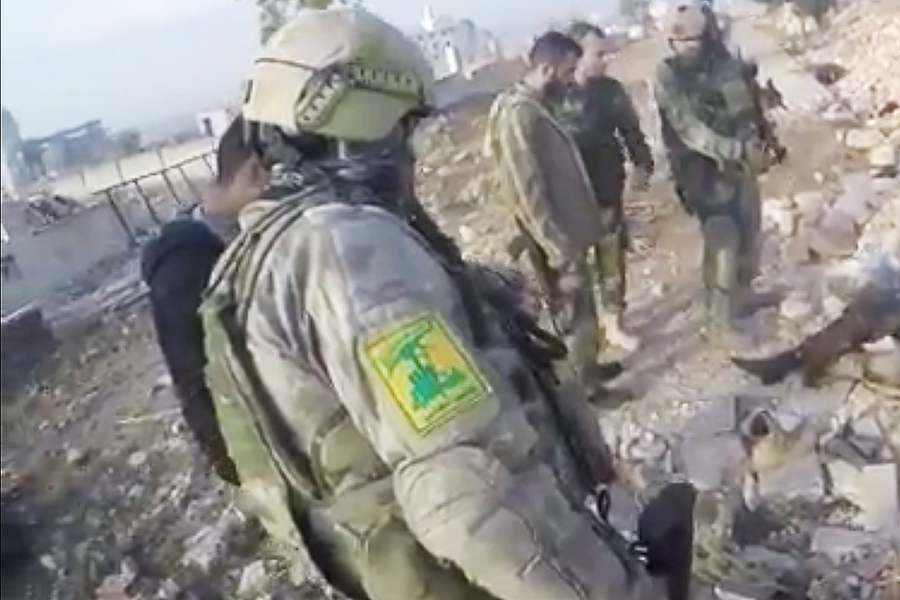
Finally, There are between 50,000 and 100,000 Houthis in Yemen. They also have close ties with Tehran which has been supporting them for several years. The Houthis have demonstrated how resilient they are and how they have been able to launch raids in Saudi Arabia itself, despite the Saudi’s top of the range military equipment and logistical support provided by the US
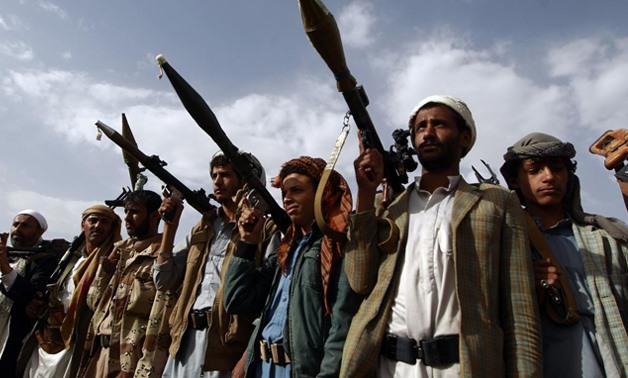
An American invasion of Iran would not be a walk in the park, Iran is a rather large country, with a large army. The 100,000 men of the Islamic Revolutionary Guard Corps are relatively well equipped and a fair few of those have gained experience fighting in Iraq and Syria. Iran has already spread its capabilities across the region and it is almost a certainty that Tehran would try and involve a maximum of actors into the conflict, should the US invade. It is extremely possible to see Iranian missiles being launched at US, Saudi, Israeli, Jordanian and Emirati targets all over the Middle East in the opening salvoes of the war. While the US should rapidly gain air superiority and rapidly advance through open spaces (desert), the fighting in the cities might be a little harder and a little costlier in terms of manpower losses. Still, the US should be able to take Tehran. However, an insurgency type of conflict would quickly follow the conventional phase of this war. And there is no telling how long it could last: As said above, Iran is a large country, with a sizeable mountainous area. This would require a very large amount of boots on the ground to pacify and control.
Worse, through its proxy, Iran would make sure US troops and its allies are targeted in many places. US troops in Syria and Iraq would be at risk. Particularly in Iraq where elements of the Iraqi army (ex-PMU in Iraqi uniforms) could provoke an escalation between Iraqi and US forces on Iraqi soil. Hezbollah would certainly taunt Israel and try to drag it into a conflict in Lebanon. Israel would find itself under fire from elements in both Lebanon and Syria. The Saudis would most certainly be the target of increased Houthis missile launches and raids. Incursions from other Shia militias into the Saudi kingdom cannot be neglected. Iran would most certainly be able to depict this struggle as a Sunni-Shia conflict, as well as a Muslim struggle against Israel and its Western allies, which would turn the Middle East into a magnet for Jihadis from all over the world. Should Saudi Arabia and Israel fight for the same side (against Iran and alongside the US), this should split opinions in the Muslim world and potentially lose the Saudis some support. American forces in Afghanistan could also be targeted through Shia militias there, transiting through the Iranian and Pakistani borders. Iran would basically do what Saddam Hussein tried to do in 1991: Try and involve other Middle Eastern actors into the conflict and expand said conflicts. Saddam Hussein did not have any friends or support in the region… Iran, on the other hand, is in a much better position for such a move.
To wrap this up, maritime transport through the Persian Gulf would also be targeted by Iranian proxies. US and Saudi Navy ships, but also oil tankers would be at risk… Iran itself might be tempted to block the Strait of Hormuz with wrecks or target shipping lanes with AshMs. The Straight is called the world’s most important oil chokepoint. A dozen oil tanker transit through Hormuz every day, representing over 30% of shipborne oil and 20% of oil traded daily. A drop in oil supply due to disruption of traffic in the Straight of Hormuz would push oil prices up, throwing a massive spanner in the global economy.
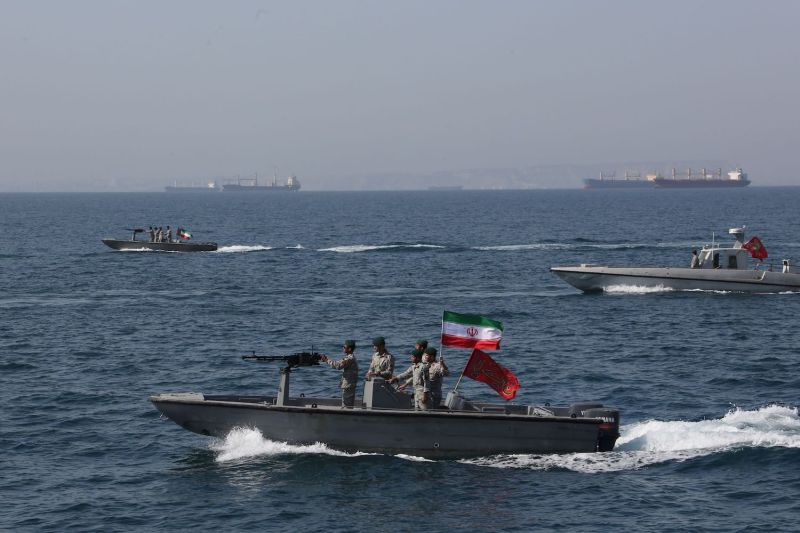
Then, there is the question: Can the USA go at it alone ? The US Army, Air Force and Navy are stretched as things are, right now. Yet, US troops in the Middle East and Afghanistan would need to be reinforced further and subsequently sustained. This is bound to stretch the US armed forces further, still.
And it is not sure the US will be able to count on its allies, this time around. On Tuesday, Major Gen. Chris Ghika who is the deputy commander of the US-led military coalition against ISIS, contradicted US claims that Iran was posing a heightened level of threat. He is British. His comment was rebuked by the Pentagon but supported by his hierarchy in London. On the same day, Spain pulled back its Méndez Núñez Frigate from Lincoln strike carrier group. The Lincoln aircraft carrier had been ordered by Washington to head for the Gulf. The next day, both France and Germany announced they were temporarily suspending operations in Iraq (training of Iraqi forces) to focus on the safety of their soldiers in the region. Every single European capital has called on the US and Iran to show restrain. Those countries followed the US into Afghanistan in 2001 and into Iraq in 2003. Many have been operating there ever since. The same countries followed the US back into Iraq and Syria again, in 2014, this time fighting against ISIS. But none of them show an appetite to follow the US into a military adventure in Iran. The public opinion in those countries is battle wary. Furthermore, there is a deep skepticism among U.S. allies as to what the American motives are for a war against Iran. So far, the American narrative has been labelled as “fake news” by many. Nobody has forgotten Saddam Hussein’s non-existent WMDs. This time, the US is not seen as the victim, as it was after 9/11. This time, the US is seen by many as the aggressor.
In 2015, Iran, the five permanent members of the United Nations Security Council (including the US) and EU representatives signed the Joint Comprehensive Plan of Action agreement (known as the Iran Nuclear Deal). EU countries subsequently resumed investments and trade in and with Iran. Washington angered those EU countries when in 2018, the Trump administration unilaterally withdrew from the agreement despite the fact Iran abided to its terms. Worse, The US were ready to raise sanctions against any EU country that was willing to keep on trading with Tehran. This was in addition of Washington meddling in the economic affairs of the European countries involved in the Nord Stream Gas Pipeline project. There again, EU businesses have been threatened with sanction by Washington…
Right now, there is a feeling in European chancelleries that a war against Iran cannot be justified. Iran has not done anything to deserve being punished militarily speaking. There is a sense that the US is provoking Iran into a military confrontation and that this situation is being fed and pushed forward by National Security advisor John Bolton and Secretary of State Mike Pompeo who are obsessed with the idea of regime change in Tehran.
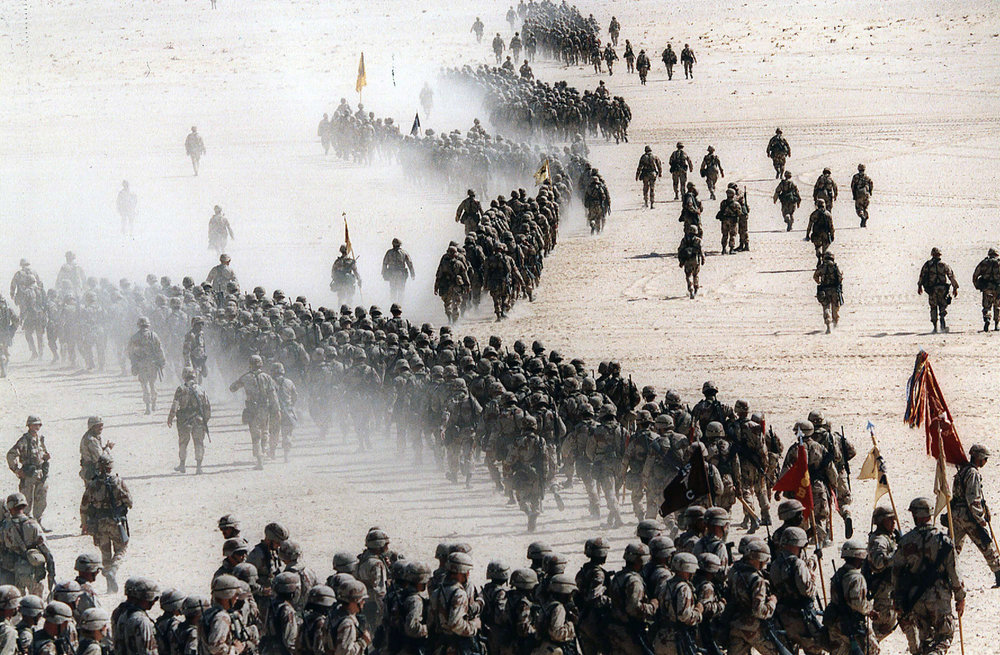
For Operation Desert Storm in 1991, The US deployed 700,000 men and enjoyed the support of over 256,000 troops deployed by its allies. In 2003, the Americans deployed 467,000 troops for the invasion of Iraq. Those troops were supported by 47,000 British and Australian troops as well as an estimated 70,000 Kurdish militiamen from Northern Iraq. Taking those figures into account, keep in mind that Iran is almost 4 times larger than Iraq and that its population is twice as large. And yet, it is difficult right now to guess which Western country would be willing to send troops into Iran alongside the US Army. The Saudis alongside other Sunni monarchies would willingly take part in such a conflict, but let’s be honest: their fighting prowesses in Yemen are not really the stuff legends are made off… And the involvement of Sunni monarchies in an invasion of Iran would only spur more Shia Muslims around the world into taking up arms in favour of Tehran…
The Middle East never looks stable, but this would make things worse. Much worse.




